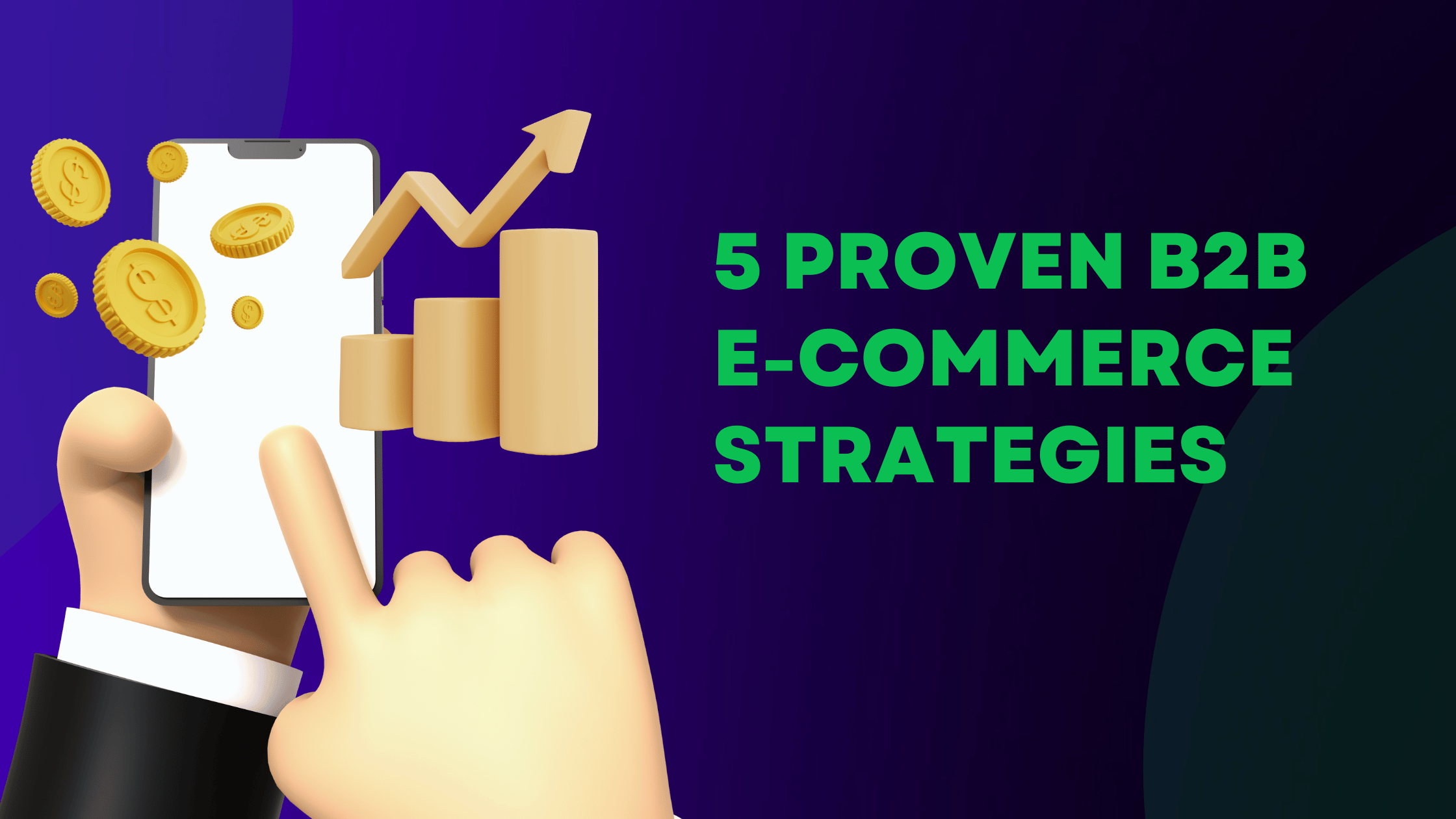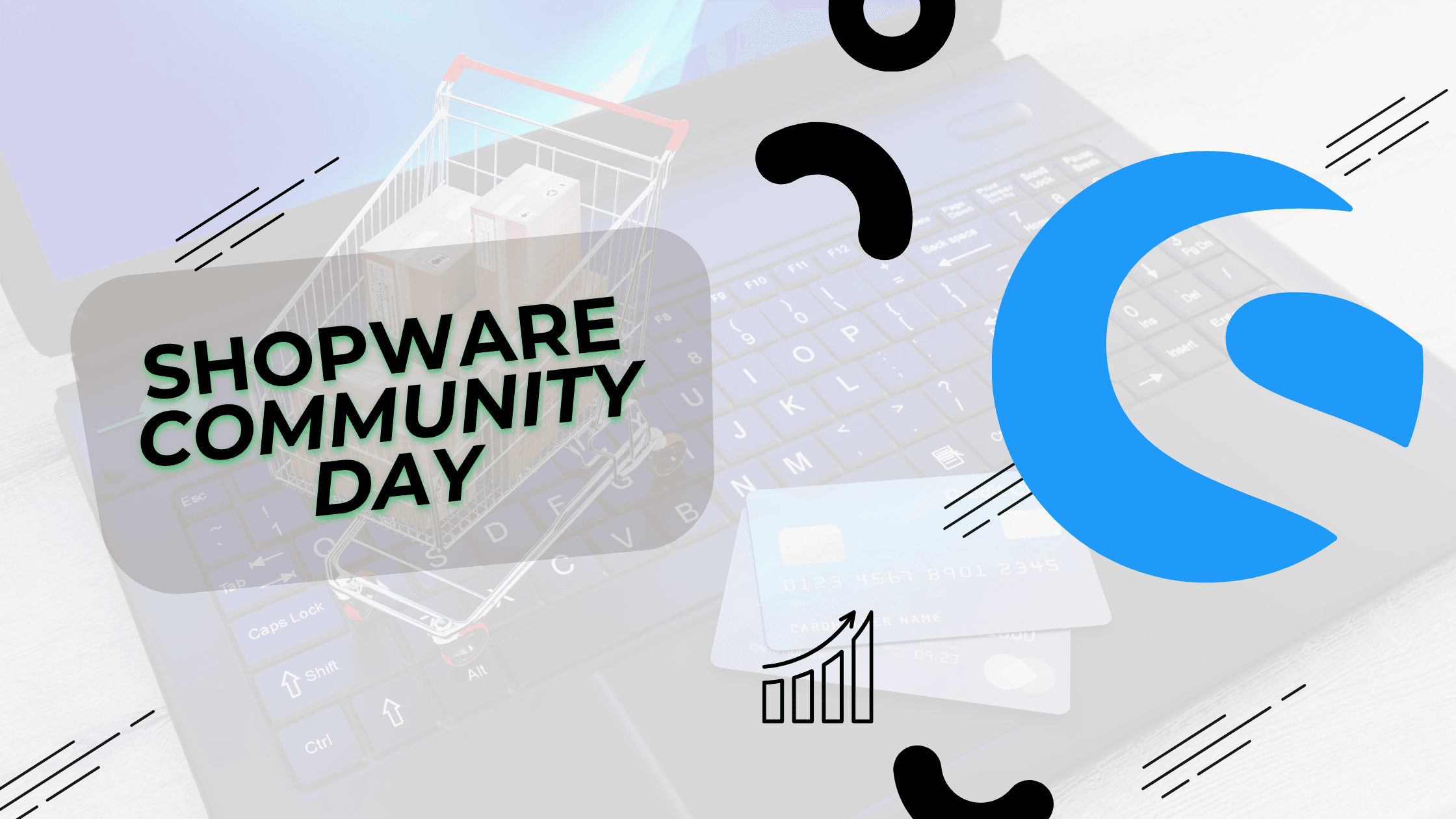What is Micro SaaS? A Guide for 2024 and Beyond
Have you ever heard of Micro SaaS? It’s a cool new way of creating software that’s taking the tech world by storm in 2024! In this guide, we’ll explore what Micro SaaS is, how it’s different from traditional SaaS, and why it might be the perfect business idea for aspiring entrepreneurs. So, let’s dive into the world of Micro SaaS and learn how you can build one of your own!

What is Micro SaaS?
Micro SaaS is like a tiny version of regular SaaS (Software as a Service). It’s a type of software business that focuses on solving a specific problem for a small group of people or businesses. Instead of trying to do everything for everyone, Micro SaaS products aim to do one thing really well for a particular niche market.
A Micro SaaS product is typically created and run by a single person or a very small team. These products are designed to solve a specific pain point for a targeted group of users, making them highly focused and efficient solutions.
How is Micro SaaS Different from Traditional SaaS?
To understand Micro SaaS better, let’s compare it to traditional SaaS:
- Size: Micro SaaS businesses are usually run by one person or a small team, while traditional SaaS companies can be much larger.
- Focus: Micro SaaS products often target a very specific niche, while traditional SaaS might try to serve a broader market.
- Features: Micro SaaS tools typically offer fewer features but solve a specific problem really well.
- Cost: Micro SaaS products are often cheaper to develop and maintain, which can mean lower prices for customers.
- Scalability: While traditional SaaS businesses often aim for rapid growth, Micro SaaS ventures may prioritize sustainability and work-life balance.
Why is Micro SaaS Becoming Popular in 2024?
Micro SaaS is gaining popularity for several reasons:
- Low Startup Costs: You don’t need a lot of money to start a Micro SaaS business. This makes it accessible to many aspiring entrepreneurs.
- Niche Focus: By focusing on a specific problem, Micro SaaS can really help people who need that solution. This targeted approach often leads to higher customer satisfaction.
- Work-Life Balance: Many entrepreneurs like Micro SaaS because it allows them to run a business without working crazy hours. It’s a great option for those seeking flexibility.
- Technology Advancements: New tools make it easier than ever to build and run a Micro SaaS product. This lowers the technical barrier to entry.
- Remote Work Trend: As more people work remotely, there’s an increasing demand for specialized tools to support various aspects of remote work.
Examples of Successful Micro SaaS Products
Let’s look at some real-world examples of Micro SaaS to help you understand what they look like:
- SEO Tool for Bloggers: A simple tool that helps bloggers improve their search engine rankings. This type of Micro SaaS product might offer keyword analysis, content optimization suggestions, and backlink tracking.
- Invoice Generator for Freelancers: An easy-to-use app for creating professional invoices. This could include features like customizable templates, automatic currency conversion, and payment tracking.
- Social Media Scheduler for Small Businesses: A tool that helps schedule posts across different social media platforms. It might offer features like bulk uploading, analytics, and best time to post recommendations.
- Email Signature Creator: A simple app that helps people create professional email signatures. This could include options for adding social media links, company logos, and even scheduling availability.
- Time Tracking Tool for Remote Teams: A Micro SaaS product that helps remote teams track their work hours, manage projects, and generate reports.
For more inspiring Micro SaaS ideas, check out our article on Top 8 Ideas for Micro SaaS in 2024.
What is Micro SaaS?
Micro SaaS is like a tiny version of regular SaaS (Software as a Service). It’s a type of software business that focuses on solving a specific problem for a small group of people or businesses. Instead of trying to do everything for everyone, Micro SaaS products aim to do one thing really well for a particular niche market.
A Micro SaaS product is typically created and run by a single person or a very small team. These products are designed to solve a specific pain point for a targeted group of users, making them highly focused and efficient solutions.
How is Micro SaaS Different from Traditional SaaS?
To understand Micro SaaS better, let’s compare it to traditional SaaS:
- Size: Micro SaaS businesses are usually run by one person or a small team, while traditional SaaS companies can be much larger.
- Focus: Micro SaaS products often target a very specific niche, while traditional SaaS might try to serve a broader market.
- Features: Micro SaaS tools typically offer fewer features but solve a specific problem really well.
- Cost: Micro SaaS products are often cheaper to develop and maintain, which can mean lower prices for customers.
- Scalability: While traditional SaaS businesses often aim for rapid growth, Micro SaaS ventures may prioritize sustainability and work-life balance.
Why is Micro SaaS Becoming Popular in 2024?
Micro SaaS is gaining popularity for several reasons:
- Low Startup Costs: You don’t need a lot of money to start a Micro SaaS business. This makes it accessible to many aspiring entrepreneurs.
- Niche Focus: By focusing on a specific problem, Micro SaaS can really help people who need that solution. This targeted approach often leads to higher customer satisfaction.
- Work-Life Balance: Many entrepreneurs like Micro SaaS because it allows them to run a business without working crazy hours. It’s a great option for those seeking flexibility.
- Technology Advancements: New tools make it easier than ever to build and run a Micro SaaS product. This lowers the technical barrier to entry.
- Remote Work Trend: As more people work remotely, there’s an increasing demand for specialized tools to support various aspects of remote work.
Examples of Successful Micro SaaS Products
Let’s look at some real-world examples of Micro SaaS to help you understand what they look like:
- SEO Tool for Bloggers: A simple tool that helps bloggers improve their search engine rankings. This type of Micro SaaS product might offer keyword analysis, content optimization suggestions, and backlink tracking.
- Invoice Generator for Freelancers: An easy-to-use app for creating professional invoices. This could include features like customizable templates, automatic currency conversion, and payment tracking.
- Social Media Scheduler for Small Businesses: A tool that helps schedule posts across different social media platforms. It might offer features like bulk uploading, analytics, and best time to post recommendations.
- Email Signature Creator: A simple app that helps people create professional email signatures. This could include options for adding social media links, company logos, and even scheduling availability.
- Time Tracking Tool for Remote Teams: A Micro SaaS product that helps remote teams track their work hours, manage projects, and generate reports.
For more inspiring Micro SaaS ideas, check out our article on Top 8 Ideas for Micro SaaS in 2024.
How to Build a Micro SaaS Product
If you’re excited about Micro SaaS and want to build one yourself, here’s a simple guide to get you started:
1. Find a Niche and Identify a Problem
The first step in creating a Micro SaaS product is to find a specific group of people or businesses with a problem that needs solving. This is called finding your niche. To do this:
- Talk to people in different industries
- Look for complaints or frustrations online (like on Reddit or Twitter)
- Think about problems you’ve faced yourself
- Analyze trends in various sectors to spot potential opportunities
Remember, the key to a successful Micro SaaS business is solving a real pain point for a specific group of users.
2. Validate Your Idea
Before you start building, make sure people actually want your solution:
- Create a simple landing page describing your idea
- Share it with potential customers and get their feedback
- Consider offering a pre-order option to gauge interest
- Use social media and online forums to discuss your idea and gather insights
- Conduct surveys or interviews with your target audience
This step is crucial in ensuring that you’re building something people will actually use and pay for.
3. Build a Minimum Viable Product (MVP)
An MVP is a basic version of your product with just enough features to solve the main problem. Here’s how to approach it:
- Focus on the core feature that solves the main pain point
- Keep it simple and don’t worry about making it perfect
- Use existing tools and platforms to build it faster
- Consider using no-code or low-code platforms if you’re not a developer
- Test your MVP with a small group of early users
Building an MVP allows you to get your product to market quickly and start gathering real-world feedback.
If you’re not sure how to build software, you might want to work with a software house. Learn more about what a software house does in our article: What is a Software House?
4. Launch and Get Feedback
Once your MVP is ready:
- Launch it to a small group of early users
- Encourage them to give you feedback
- Use this feedback to improve your product
- Monitor key metrics like user engagement and retention
- Be prepared to make changes based on user behavior and feedback
Remember, launching is just the beginning. The real work starts after your product is in users’ hands.
5. Grow and Improve
As your Micro SaaS business grows:
- Add new features based on user feedback
- Improve your marketing to reach more customers
- Consider hiring help or automating tasks as you scale
- Continuously optimize your pricing strategy
- Look for integration opportunities with other tools in your niche
Growing a Micro SaaS business is about finding the right balance between expansion and maintaining the focused, efficient nature of your product.
Advantages of Micro SaaS
Micro SaaS has several benefits that make it attractive for entrepreneurs:
- Low Overhead: You can run a Micro SaaS business with very little money, often just the cost of hosting and a few tools.
- Flexibility: Work from anywhere and set your own hours. This is perfect for those seeking a better work-life balance.
- Focused Problem-Solving: By solving a specific problem, you can become the go-to solution in your niche. This focused approach often leads to high customer satisfaction.
- Easier Customer Support: With fewer customers and features, it’s easier to provide great support. This can lead to higher customer retention rates.
- Quick to Market: You can launch a Micro SaaS product much faster than a traditional SaaS. This allows you to start generating revenue and gathering feedback sooner.
- Personal Satisfaction: Building a product that solves a real problem for people can be incredibly rewarding.
- Lower Risk: Because of the lower initial investment, Micro SaaS businesses typically carry less financial risk than larger ventures.
Challenges of Micro SaaS
While Micro SaaS has many advantages, there are also some challenges to consider:
- Limited Market Size: Focusing on a niche means your potential market is smaller. This can limit your growth potential.
- Competition: If your idea is successful, others might copy it. Staying ahead of the competition can be challenging.
- Wearing Many Hats: As a solo entrepreneur or small team, you’ll need to handle many different tasks. This includes development, marketing, customer support, and more.
- Scaling: It can be challenging to grow beyond your initial niche without losing the focus that made your product successful.
- Pricing Pressure: In some niches, there may be pressure to keep prices low, which can limit profitability.
- Technology Changes: Rapid changes in technology can sometimes make your product obsolete if you don’t keep up.
- Work-Life Balance: While Micro SaaS can offer flexibility, it can also be challenging to switch off when you’re running your own business.

Micro SaaS Trends in 2024
As we look at Micro SaaS in 2024, several trends are shaping the industry:
- AI Integration: Many Micro SaaS products are using artificial intelligence to provide smarter solutions. This could include features like predictive analytics or automated data processing.
- No-Code Tools: New platforms make it easier for non-technical founders to build Micro SaaS products. This is democratizing software development and leading to more diverse solutions.
- Vertical SaaS: More Micro SaaS products are focusing on specific industries or verticals. This allows for highly specialized solutions tailored to particular sectors.
- Mobile-First: With more people using smartphones, many Micro SaaS products are designed for mobile use first. This trend is likely to continue as mobile technology advances.
- Integration Focus: Many successful Micro SaaS products are designed to integrate seamlessly with other popular tools, enhancing their value proposition.
- Subscription Fatigue Solutions: As users become wary of too many subscriptions, some Micro SaaS products are exploring alternative pricing models or offering exceptional value to justify their subscription.
- Privacy and Security Emphasis: With increasing concerns about data privacy, Micro SaaS products that prioritize user data protection are gaining traction.
How to Come Up with Micro SaaS Ideas
If you’re excited about Micro SaaS but not sure what to build, here are some ways to find ideas:
- Solve Your Own Problems: Think about challenges you face in your work or hobbies. Often, the best ideas come from personal experience.
- Talk to People: Ask friends, family, and colleagues about their daily frustrations. You might uncover a problem that needs solving.
- Look at Job Boards: See what tasks people are hiring for and think about how you could automate them. This can reveal potential Micro SaaS opportunities.
- Explore Online Communities: Check forums and social media to see what people are complaining about. Look for recurring themes or pain points.
- Improve Existing Tools: Look for popular software and think about how you could make a simpler or more focused version. Sometimes, less is more.
- Follow Industry Trends: Stay updated on developments in various industries. New regulations or technologies often create opportunities for Micro SaaS products.
- Combine Existing Ideas: Sometimes, innovation comes from combining two existing concepts in a new way.
Remember, the key to a successful Micro SaaS idea is identifying a specific problem that a particular group of people or businesses are willing to pay to solve.
Micro SaaS vs. Traditional SaaS: Which is Right for You?
Choosing between Micro SaaS and traditional SaaS depends on your goals and resources:
Choose Micro SaaS if:
- You want to start a business with little money
- You prefer working alone or in a small team
- You’re passionate about solving a specific problem
- You value flexibility and work-life balance
- You’re comfortable with slower, more sustainable growth
Choose Traditional SaaS if:
- You have significant funding or investors
- You want to build a large company
- Your idea requires a big team to develop
- You’re aiming for a very large market
- You’re comfortable with the pressures of rapid scaling
The Future of Micro SaaS
As we look beyond 2024, the future of Micro SaaS looks bright:
- Increased Specialization: We’ll likely see even more niche-focused Micro SaaS products. This could lead to an ecosystem of highly specialized tools for various industries.
- Integration Ecosystems: Micro SaaS products will work together more seamlessly. This could create networks of complementary tools that provide comprehensive solutions.
- Global Reach: Improved translation tools will help Micro SaaS products serve global markets. This could open up new opportunities for growth and diversification.
- Blockchain and Cryptocurrency: Some Micro SaaS products might incorporate these technologies, especially in areas like finance, supply chain, and digital rights management.
- Augmented and Virtual Reality: As these technologies become more mainstream, we might see Micro SaaS products that leverage AR and VR for specific use cases.
- Edge Computing: With the growth of IoT devices, there may be opportunities for Micro SaaS products that process data at the edge for specific applications.
- Sustainability Focus: We might see more Micro SaaS products aimed at helping businesses and individuals reduce their environmental impact.
How Micro SaaS is Changing Industries
Micro SaaS isn’t just changing the software world; it’s impacting various industries. Here are a few examples:
- Education: Micro SaaS tools are providing specialized solutions for online learning, student assessment, and educational content creation.
- Healthcare: From patient management systems to specialized diagnostic tools, Micro SaaS is making healthcare more efficient and accessible.
- Finance: In the banking sector, Micro SaaS solutions are providing specialized tools for financial management and analysis. To learn more about how technology is transforming banking, check out our article on Virtual Reality in Banking.
- E-commerce: Micro SaaS products are helping small online businesses with everything from inventory management to customer service automation.
- Legal: Specialized Micro SaaS tools are assisting lawyers with case management, document automation, and legal research.
- Real Estate: From virtual tour creators to property management tools, Micro SaaS is transforming how real estate professionals work.
- Fitness and Wellness: Micro SaaS products are helping personal trainers manage clients, track progress, and deliver personalized workout plans.
Conclusion: Is Micro SaaS Right for You?
Micro SaaS offers an exciting opportunity for entrepreneurs to create valuable software products without the complexity and cost of traditional SaaS businesses. By focusing on solving specific problems for niche markets, Micro SaaS founders can build profitable, sustainable businesses that offer a great work-life balance.
As we move through 2024 and beyond, the world of Micro SaaS continues to evolve, offering new opportunities for innovation and entrepreneurship. Whether you’re a developer, a business professional, or just someone with a great idea, Micro SaaS could be your path to building a successful software business.
Remember, the key to success in Micro SaaS is finding a specific problem that needs solving and creating a focused, user-friendly solution. With dedication, creativity, and a willingness to learn, you could be the creator of the next successful Micro SaaS product!
Building a Micro SaaS business requires hard work and persistence, but it can be incredibly rewarding. You’ll have the satisfaction of solving real problems for your users, the flexibility to work on your own terms, and the potential to build a profitable business that aligns with your personal goals.
So, are you ready to dive into the world of Micro SaaS? Start brainstorming ideas, talk to potential customers, and who knows – your Micro SaaS product could be the next big thing in its niche! Remember, every successful business starts with a single step. Why not make today the day you take that first step towards your Micro SaaS journey?












